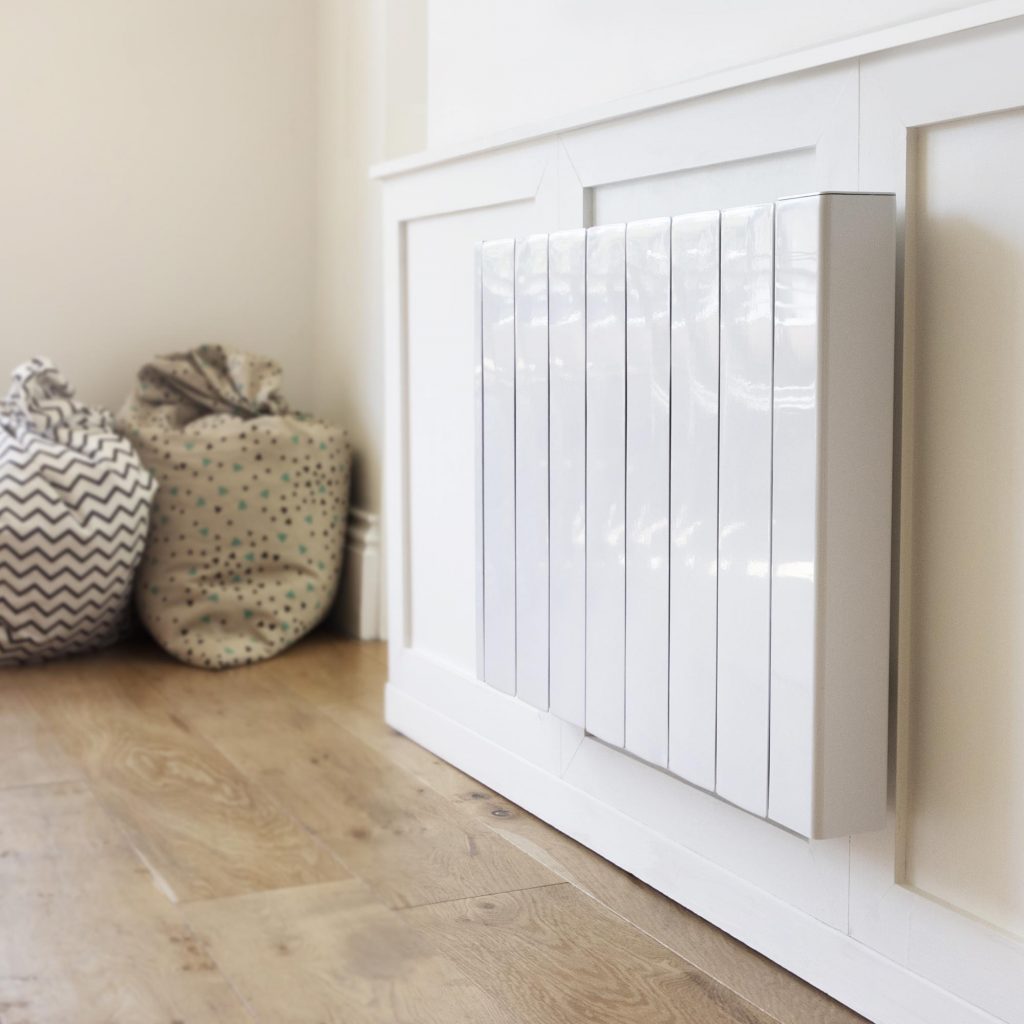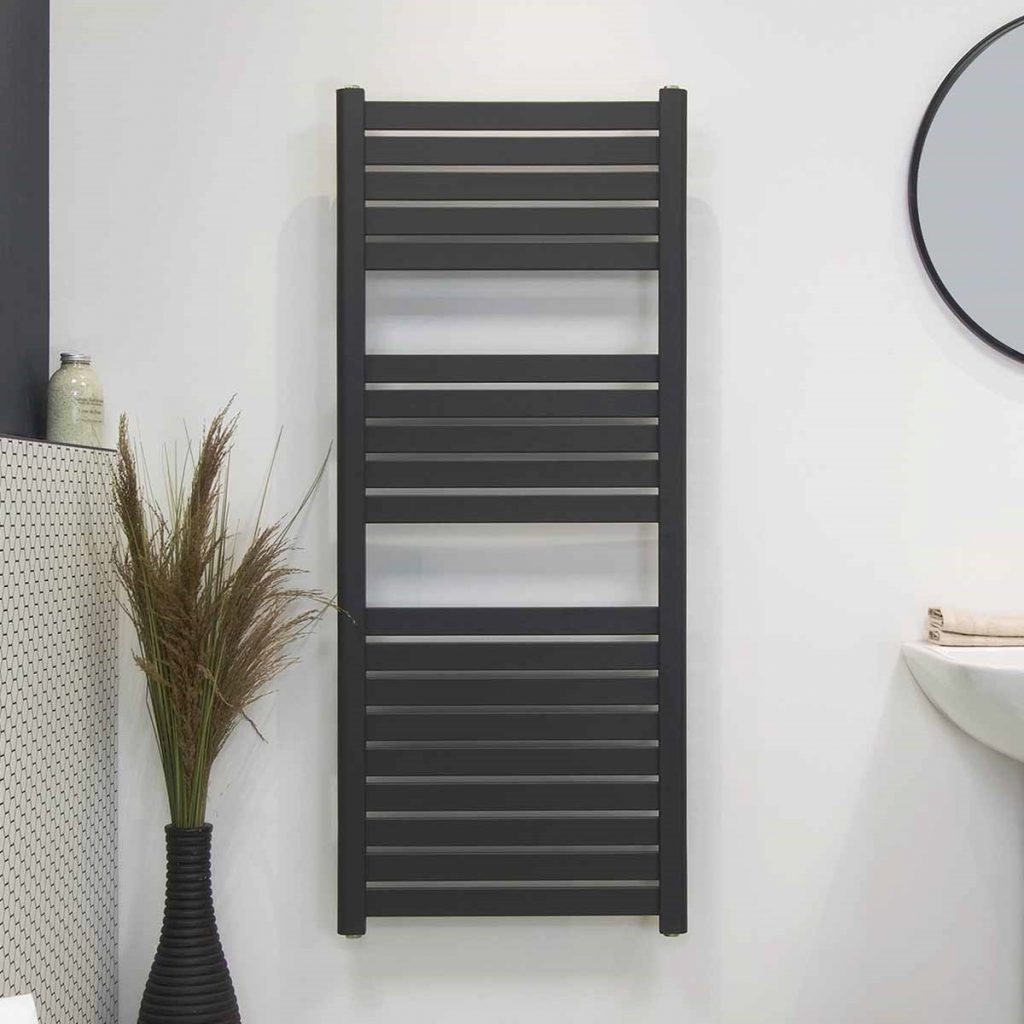EPC Ratings: How are they changing in 2026 and what does that mean for home heating?
January 20, 2025

There’s been a lot of confusion about the future of EPC ratings. Since 2022, plans have gone back to the drawing board, methodologies renamed and deadlines extended. But what hasn’t changed is this: from 2030, landlords must ensure their rental properties achieve a C rating or above. With a recent consultation published on EPC reform, the way these ratings are calculated, validated and enforced are set to change in 2026 – so, what does this mean ahead of the 2030 deadline? Let’s break down the proposed changes, the implications for landlords, and how the shift towards electric heating could shape the future of UK housing.
Why are EPC ratings changing?
It’s simple really; the methodology behind EPC ratings – the Standard Assessment Procedure (SAP) – is no longer fit for purpose. Created in the ‘90s, it was designed to be completed by a single assessor with a checklist. As regulations and technology have modernised, the restrictive nature of SAP hasn’t been able to keep up with net zero plans.
One of the biggest flaws of SAP from a heating standpoint is how poorly electric heating ranks in terms of energy efficiency. Because SAP is more concerned with the base unit cost of energy, gas heating ends up ranking higher than modern electric radiators and heat pumps purely based on cost. While lower energy bills are a key priority, this outdated focus fails to account for the broader environmental benefits of low-carbon solutions.
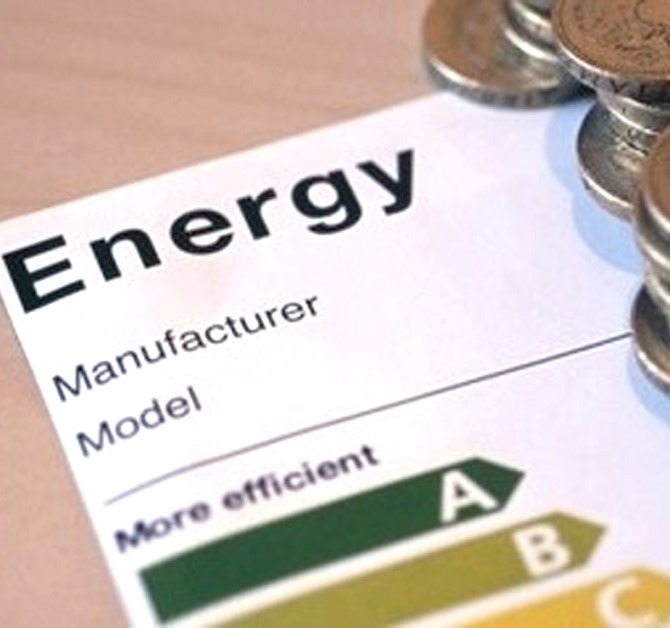
Home Energy Model
The Home Energy Model will be replacing the Standard Assessment procedure by addressing these shortcomings and modernising the framework. It’s a significant development that will play a key role in shaping government policies on housing and climate goals, with the following objectives in mind:
- Reduce household energy bills and tackle fuel poverty
- Lower carbon emissions from buildings
- Drive demand for energy-efficient products and services
- Enhance consumer trust in EPCs as reliable tools for decision-making
What are the proposed changes?
Set to roll out in 2026, the government plans to overhaul EPCs by introducing multiple metrics. EPCs currently rely on a headline metric that acts as the primary indicator of a building’s energy performance (the Energy Efficiency Rating (EER) for domestic buildings).
This metric is influenced by factors “beyond the building owner’s control,” such as energy costs and the carbon intensity of the grid. A multi-metric approach should give a much clearer picture and help homeowners, tenants and landlords make more informed choices when it comes to efficiency.
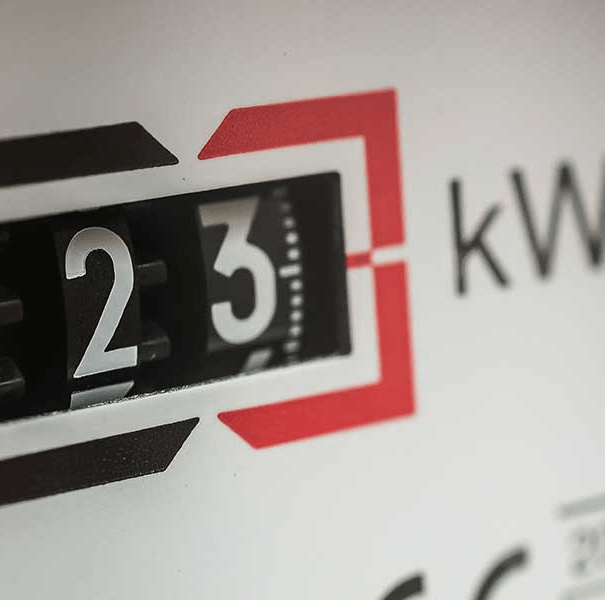
These new metrics include:
- Energy cost – Showing how energy efficiency impacts bills
- Carbon – Estimating emissions from a building’s energy use
- Energy use – Highlighting overall energy consumption and areas for efficiency upgrades
- Fabric performance – Assessing how well a building retains heat
- Heating system – Rating the efficiency and environmental impact of heating sources
- Smart readiness – Measuring how well a building can adopt smart tech to optimise energy use and take advantage of cheaper tariffs
What would a heating system metric look like?
A heating system metric would rank different technologies based on their environmental impact, efficiency, and how well they align with net zero goals. This would encourage low-carbon solutions like electric radiators and heat pumps over fossil fuels. From there, it would also distinguish between efficiency levels within the same category to help people make smarter, more sustainable heating choices.
What does this mean for landlords?
The proposed changes to EPCs will have a significant impact on landlords, requiring adjustments to stay compliant while offering opportunities to enhance the marketability of their properties.

- Improved comparisons – More accurate and up-to-date EPC metrics will help landlords assess energy efficiency across their portfolios, enabling smarter investments.
- Competitive edge – Energy-efficient properties will gain an advantage in a rental market increasingly focused on sustainability and lower energy costs, encouraging landlords to invest in improvements that attract tenants and boost property appeal.
- Stricter regulations – Landlords will be required to renew EPCs when they expire, even during ongoing tenancies. Valid EPCs will also be mandatory for HMOs, short-term rentals, and before properties can be marketed for sale or rent.
- Shorter validity periods – While more frequent assessments may increase costs, they’ll also allow landlords to capture the upgrades their properties need more easily, in turn potentially improving desirability in the market and aiding compliance with regulations such as MEES.
EPC ratings & low-carbon heating
Electric heating systems are emerging as key solutions in the shift towards low-carbon housing. Current EPC metrics have inadvertently discouraged the move away from fossil fuels, relying on old assumptions about energy costs and carbon intensity. The proposed EPC reform aims to change this, ensuring landlords choosing energy-efficient solutions are no longer unfairly penalised.
Let’s look at some low-carbon solutions that are set to benefit from EPC reform:
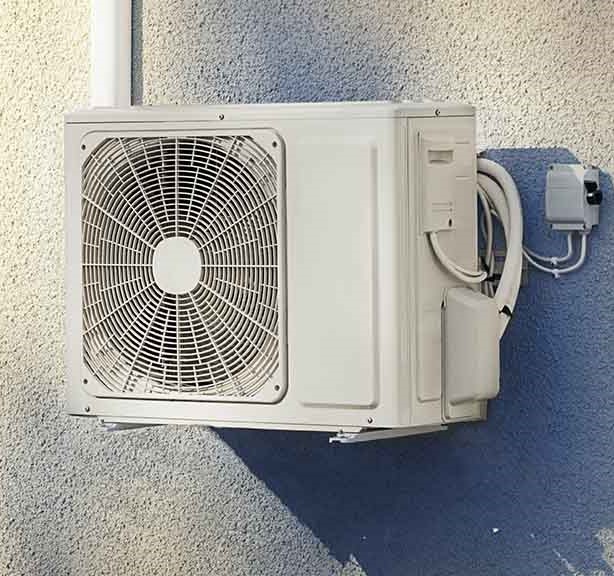
Heat pumps
Heat pumps are an increasingly popular low-carbon heating solution in new builds due to their efficiency and compatibility with net zero goals. They work very similarly to refrigerators, just in reverse – drawing heat from the air or ground and transferring it indoors. There are two main types of heat pumps: air source and ground source. While air source heat pumps are easier to install, ground source systems are more efficient but require more space and upfront cost.
Benefits | Drawbacks |
Extremely energy efficient | Expensive and complex installation |
Lower running costs | Retrofitting will be required for older properties |
Can be used for water heating | Regular servicing required |
Long lifespan |
|
Can be paired with a smart thermostat |
|
How will heat pumps be affected by EPC reform?
The Home Energy Model will assess heat pumps more accurately by looking at real-world factors like hourly temperature changes and specific heating needs. Unlike older methods, it will avoid generic assumptions and evaluate heat pumps in the context of each property.

Electric heating
Electric heating encompasses a wide range of standalone electric heaters, including electric radiators, panel heaters and infrared heaters. Instead of relying on a centralised, interconnected system, these direct heaters can be activated independently, so heating single rooms is no less efficient than heating an entire house. Drawing power from the mains, they convert 100% of energy into useable heat, and are particular popular in flats, HMOs and holiday lets.
Benefits | Drawbacks |
100% efficient at point of use | Higher running costs |
Easy to install | Can’t be used for water heating |
Negligible maintenance requirements |
|
Standalone products – heat on a room-by-room basis |
|
Many are WiFi compatible and can be controlled remotely |
|
How will electric heating be affected by EPC reform?
While electric heaters are already rated as 100% efficient in the current SAP methodology, the Home Energy Model will dig deeper, looking at heat-up times and how much radiant or convective heat they provide. Ceramic radiators are likely to shine under this new system – they heat up quickly but are also slow to cool since they deliver 50% of their heat via radiation. These updates will better reflect how electric heaters perform in everyday use and better distinguish the differences between product types.
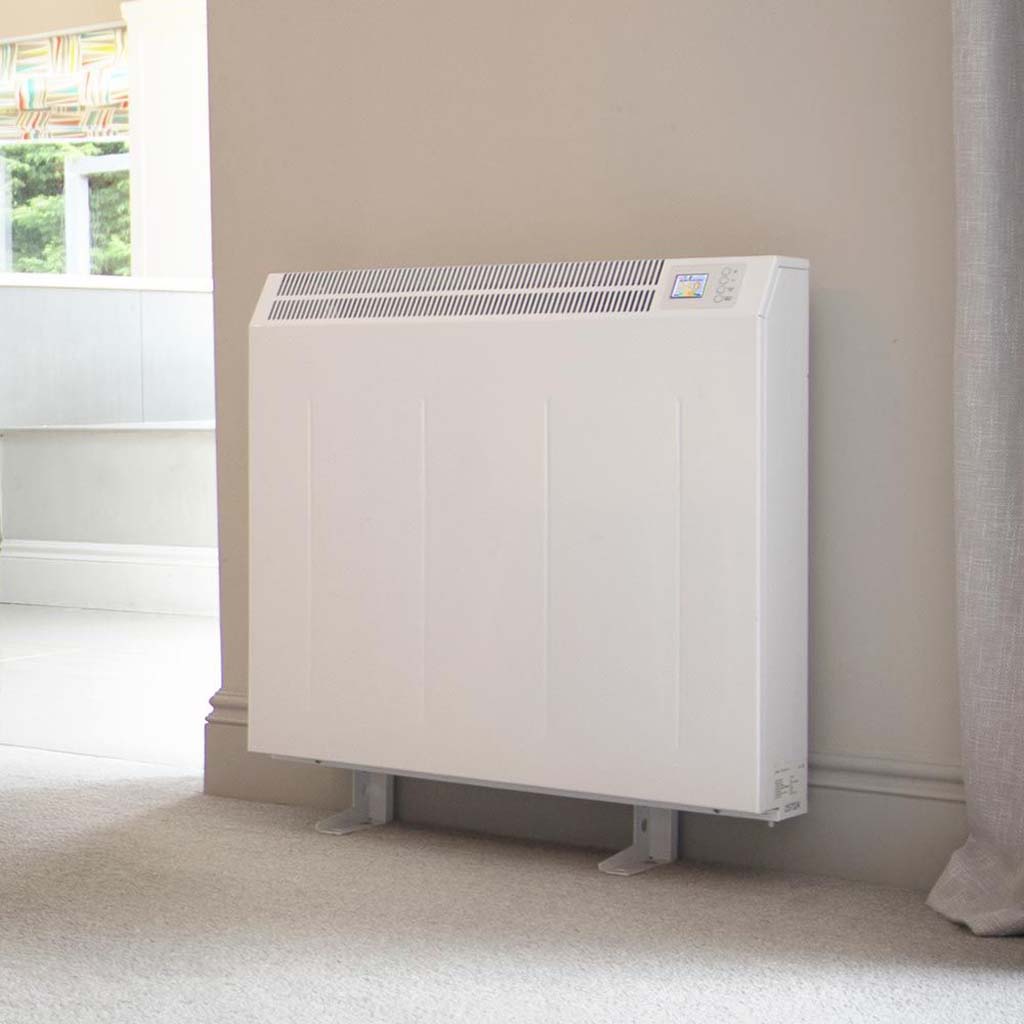
Storage heaters
Storage heaters are designed to take advantage of off-peak electricity tariffs, generating and storing heat overnight when rates are cheaper. This stored heat is then released throughout the day, making them an economical heating option for properties where tenants are home during daytime hours.
Benefits | Drawbacks |
Lower running costs with economy tariffs | Expensive if used during peak hours |
Cost-effective for people who are at home during the day | Can’t be used for water heating |
Modern storage heaters come with full weekly programming and other energy-saving features | May be off-putting to tenants looking for something more modern |
Some models are WiFi compatible |
|
Low maintenance with long lifespans |
|
How will storage heaters be affected by EPC reform?
The previous methodology took a simplistic approach, assuming 100% efficiency but offering little insight into real-world performance. The updated system will consider the physical makeup and heat transfer dynamics of storage heaters, incorporating factors like insulation and airflow. This would emphasise the need for landlords to update to newer models that have features like phased charging and automatic vent systems.
Get ahead of EPC reform with Ecostrad
While the details of the upcoming EPC changes are still evolving, one thing is certain: the UK’s commitment to net zero is here to stay. For landlords, this means rental properties will need to become more energy efficient. Investing in smart, low-carbon heating solutions now is a proactive way to future-proof your properties and stay ahead of the curve.
At Ecostrad, we’re at the forefront of efficient, highly controllable electric heating and our products are trusted by landlords nationwide. Shop our full range at Electric Radiators Direct or get in touch with our expert support team to learn how you can become a partner today.

